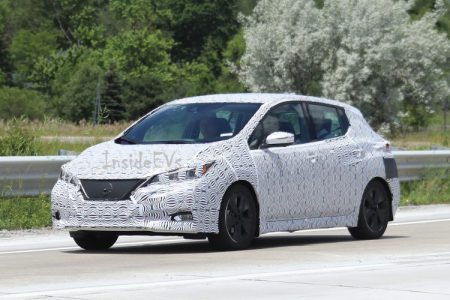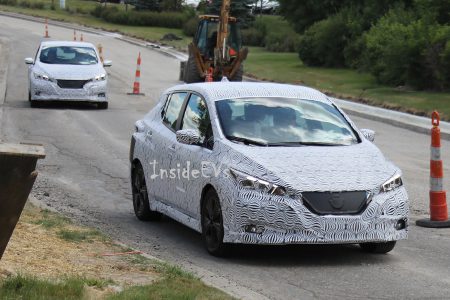Nissan must be pretty sure of finding success with the next generation 2018 LEAF (which debuts in September), as the Japanese company expects that up to 20% of its new auto sales in Europe to be zero emission in just 3 years time. Nissan has also stated that two more all-electric vehicles will arrive between now and the end of this decade.

The statement on EV sales in Europe comes from Gareth Dunsmore, Electric Vehicle (EV) Director for Nissan Europe, after the French environment minister hinted at end of gas and diesel sales entirely by 2040.
“By 2020, where the market conditions are right, I’m confident we’ll be selling up to 20 percent of our volume as zero emissions vehicles and this will only grow,”
Dunsmore via Reuters.
What does 20% mean for Nissan in raw sales?
Well, in fiscal year 2016 Nissan sold 735,725 vehicles in Europe, so 20% of that would be more than 147,000 EVs! That’s a lot, but if the new LEAF is reasonably priced, and the new offers are competitive, then it also seems doable at the same time.
As for those “other” offerings: Freshly minted Nissan CEO Hiroto Saikawa has said his company will bring two new all-electric vehicles to market over the next two years, while recently retired Nissan Chief Engineer Shiro Nakamura gave some background on what those new EVs might be, as he said Nissan plans for a BEV sedan and a utility vehicle.

In 2016 Nissan sold some 23,000 EVs (18,500 LEAFs and less than 4,500 e-NV200).
But what do we really like about this 20% figure Nissan is putting out there? It’s the fact that Nissan isn’t just talking about a new EV to being introduced in 2020, or an ambitious fleet goal set for so far away that they can’t be accountable for it (like 10 years from now)…but one that is only some ~30 months away.
Source: Inside EVs





